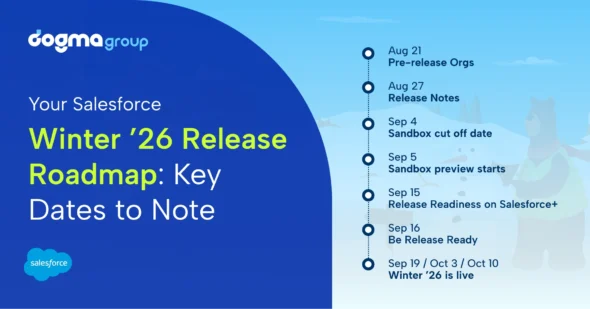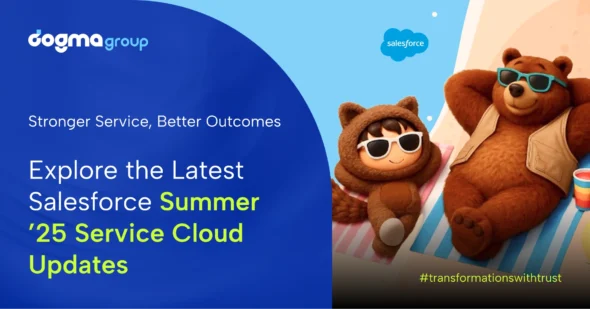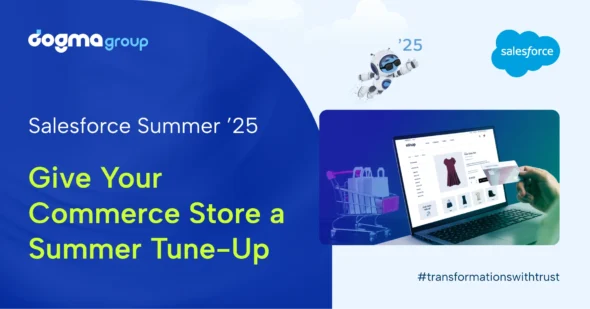As CRM specialist, we have seen this technology’s evolution over the years from just being a sales tool – to now helping marketing and customer service departments coordinate inter-departmental actions – so they dramatically improve their operations and offerings. However, we believe the key to experiencing successful outcomes is creating a strategy and plan – well before a new CRM system is implemented. What this means is you must first gain a thorough understanding of how CRM technology will best meet your strategic business objectives, and support specific and unique processes.
With over 700+ CRM implementations under our belt, we highlight 8 steps so you experience a successful outcome too.
1. Develop a strong CRM vision
To understand the businesses’ aspirations for a new CRM system, you must establish why it’s required and what the expected success will actually look like – before determining how key success metrics will be measured. For example, key aims may include generating a total view of each client relationship, increasing lead generation, improving quality of management information reporting and improving account retention and service delivery. However, avoid tackling all CRM goals in a single implementation – but seek a phased approach that focuses on quick wins first.
Once you have achieved this insight, a list of business requirements should be generated, then prioritised and reviewed against the capabilities of the different CRM products – to determine the best fit. Key areas to be examined amongst the usual selection criteria should include license costs and long-term cost of ownership.
2. Map existing business processes
Whilst it’s important to understand the pain points in business processes that can be fixed by CRM – it’s also important to appreciate how your employees have to use CRM software as well as how they want to use it. The big mistake is seeking a new CRM tool with features that some employees may never touch – which actually makes key tasks more difficult or complex. Insight must be gained about what tools your team are currently using and what processes they follow, the most common tasks undertaken – and then establish how those tasks map to the new CRM software.
To help the evaluation, seek advice from users who understand these day-to-day issues – so engage frontline salespeople and managers – as well as IT managers too. This process also presents a superb opportunity to gain clarity on how well processes are currently working and will identify how CRM can improve their efficiency – often by removing duplication of effort and applying greater process automation.
Having defined a success criteria for CRM, your targets should be specific and measurable. Therefore, think about the information that CRM will need to track – specific to each of these goals and what reports, charts and dashboards will be required to measure progress.
3. Capture CRM data
To achieve organisational goals, the fields required to track on each CRM record must be considered. For example, if taking a phased approach by leading with an initial CRM sales team deployment – establish what fields will need to be tracked on records for accounts, contacts, opportunities and leads. This could be the options that will appear in drop-down fields, and which fields should be set as mandatory to ensure consistent data quality. It can be tempting to go overboard but an excessive number of fields may prove a barrier to early user adoption and will add to the administration overhead.
4. Prepare data
Often underestimated are the resources required to consolidate and prepare existing data for migration to a new CRM system. To ensure organisational readiness, ensure that these are answered:
- What data needs to be imported into CRM?
- Where is it currently stored?
- How good is the data quality?
- Does it need cleansing?
- How far back to go with relationship history data?
- What duplicate matching rules must be set?
5. Integrate CRM
Establish which applications will CRM need to integrate with and what direction the data will flow. If your goal is to create a single view of each relationship, integrating CRM with an external data source is likely to be a high priority. As well as feeding data from other applications, CRM will also push data to other sources. This could include creating a new order in the back-office ERP system – when a CRM sales opportunity is converted. Other CRM integrations may include email marketing, web forms, Sharepoint and eCommerce platforms.
6. Manage user security
Consider how CRM will be shared across a business. A list should be complied of users, roles and groups that will have CRM permissions and definition of what level of access they should get. Flexible CRM solutions like Microsoft Dynamics CRM enable advanced user permissions which can include team and territory management to precisely control which records users are entitled to access and what controls they can use.
7. Highlight potential risks
Identify the main project hazards and make an assessment of how these could threaten the overall project’s success. For example, the CRM technology could be a risk if the database isn’t flexible enough to adapt to processes, or if the system lacks the scalability to grow with the business. The supporting processes represent a risk if these are poorly defined, or if existing gaps aren’t identified.
8. Create a user adoption plan
The biggest risk to CRM success is low user adoption. In our experience, successful CRM projects always meet the requirements of its users – so engage with them at an early stage to consult for ideas and stimulate interest. Failure to listen to users’ needs and build support from the ground up can result in challenging user adoption barriers. Here are 4 key points to consider when developing an effective user adoption strategy:
- Ensure users know why a CRM system is being implemented
- Listen to user ideas, requirements and concerns
- Deliver ongoing user training and support
- Measure usage that focuses on positive reinforcement
With more than a decade of experience in CRM technology implementations and as Gold CRM partners of leading CRM providers Microsoft Dynamics and Salesforce, we can offer the best advice to help make your CRM project a success. You can call us at 01296 328 689 or email us at marketing@seelogic.co.uk.





